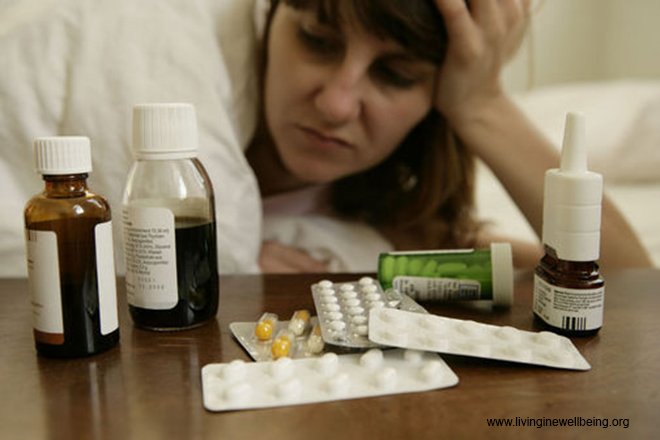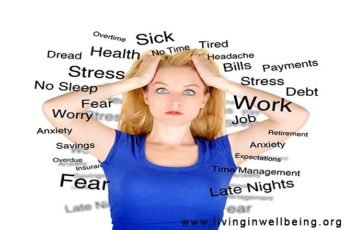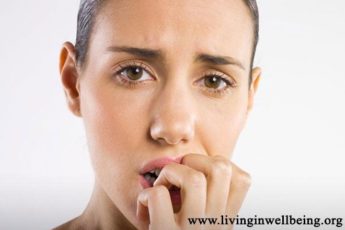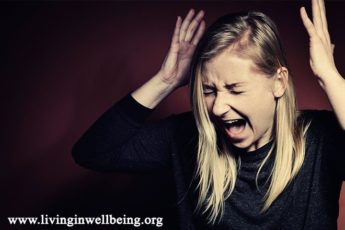
Mid adult woman in bed, drugs in foreground
Modern medicine admits that one of the most difficult tasks in medical psychology is drug addiction treatment. Drug addiction treatment is handled in numerous methods. The most common treatment method these days would be the implementation of legal drugs, like methadone. This can mean that people continue taking methadone for life (often in combination with heroin). Is it really satisfying for a patient and his or her family? More and more people admit their powerlessness and inability to manage addictions. They are looking for new solutions leading to comfortable abstinence and a healthy, free way of life. You want to learn and understand what kind of treatment methods really work. You want to learn how they work, as well as the effectiveness, side effects and risks.
Here we can suggest a few modern, tested medical methods. Our long time experience proves that these methods can really help people become clean and change their lives. We know facilities which are qualified to provide such a drug addiction treatment. The most important aspect is to choose the methods which will work for you and only you.
- Ultra rapid opoioid detoxification
- Buprenorphine opioid detoxification
- Tramadole reduction
- Clonidine opioid detoxification
- Craving- management
- Prevention and treatment of abstinence-induced depression and insomnia
- Aversive therapy
- Relapse protection with Naltrexone implants
Scroll down for details
Ultra-rapid detoxification of opiate dependent patients
Ultra-rapid opioid detoxification (UROD) is an increasingly popular technique for detoxifying patients addicted to opiates. This technique aims at reducing not only the duration, but also the intensity of withdrawal by using general anesthesia coupled with a naloxone or naltrexone medication. This procedure is performed by a team of doctors and nurses specialized in Ultra Rapid Opioid Detoxification. The procedure takes from 6 to 10 hours.
The technique is based on a three-phase procedure. It consists of a medical and psychiatric selection of patients addicted to opiates, followed by the detoxification itself and finally a medical and psychosocial follow-up.
Detoxification itself consists of 6 phases:
- Induction phase: putting the entire body into pharmacological sleep or anesthesia.
- Ensuring safety of organs with the most advanced intensive care and anesthesia equipment monitoring your vital organs.
- Withdrawal syndrome prevention and protection from pain, heart exhaustion and vegetative dysfunctions during sleep.
- Cleansing body cells using special antagonist drugs.
- 24-hour monitoring and absence of cold turkey syndromes.
- The patients will awaken gradually, feeling that most of the physical addiction and withdrawal from opiates have been eliminated.
Patients recover quickly after UBOD. Immediately upon waking up patients may feel weak and sleepy, but a few hours later appetite and full physical and psychological functionality are recovered.
The six to ten hours of sleep equate with the patient having to endure six to eight days of "cold Turkey" quitting.
Ultra rapid detox should only be the initial part of the recovery process to always be followed by Naltrexone implantation and/or extensive psycho-social counseling, therapies and life habit-changing arrangement. Without these follow-up steps, there is chance for relapse. UBOD only stops the physical addiction, without putting the patients through the torture of feeling the withdrawal process. It does not address the psychological and social underpinning of the addiction. The patient must get psycho-social counseling realignment therapies and/or a Naltrexone implant following rapid detox. With Ultra Rapid Detox, patients can enter the long recovery process without the bulk of the suffering resulting from physical withdrawal. In this context, it is an advantageous first step because it quickly achieves significant reduction in addiction and physical withdrawal if performed correctly. It does not require super-human will power or tolerance for the physical withdrawal process which may last 5 to 10 days. Without Ultra Rapid Detox, patients may be dissuaded from even trying, or may not even be able to sit through counseling sessions due to the evolving physical withdrawal.
Buprenorphin (subutex)-detox of opiate dependent patients
Buprenorphin (subutex)-detox of opiate dependent patients is a form of rapid detox which has been applied in the U.S. and some European countries since the nineties. Normally, the treatment lasts from 4 to 7 days providing a comfortable and painless transition to a clean state of body. A gradual detoxification process doesn't allow any physical or psychological stress for the patient. This is crucial for opiate dependent patients.
Buprenorphin is a semi-synthetic opioid receptors agonist/antagonist. It doesn't cause euphoria, a drug dosage tolerance increase, nor risks of overdose like methadone. It allows quitting opiates without any pain. Within a few days a person becomes free of drugs. After testing a body with drugs it's possible to use an implant against relapse.
Tramadol-detox of opiate dependent patients
Tramadol detox is another version of rapid detox which has been applied for decades.
Tramadol is an opioid receptors agonist/antagonist. Tramadol reduction along with individual pharmacotherapy is a prevention of "cold turkey" syndrome. Tramadol allows a comfortable, short term detoxification, spanning within 3 to 5 days (rarely longer).
Craving management
After body cleansing from drugs, there are cravings present to a lesser or greater extent. Psychological dependence can be shown not just in the form of a clearly realized desire to use a substance. Often it's masked in symptoms like:
*Insomnia
*Decreased or increased appetite
* Perspiration with liable pulse and blood pressure
* Tension, irritability, explosiveness
* Depression, sadness, apathy
* Restlessness, lack of concentration
* Unpleasant sensations in the spine and legs
* Periodical thoughts and memories related to a past way of life
Sooner or later obsessive and then invincible cravings for drugs might begin. It becomes the most frequent reason for relapses.
Anti-craving, a treatment of psychological dependence to a substance, can often become the most important, if not the most decisive treatment phase.
After such an anti-craving treatment, patients often stop thinking of drugs. Many even forget what it feels like to be on drugs. Achieving freedom and indifference to drugs is possible. Therefore, medication, various computer technologies and informational psychotherapy are employed. Doctors make a custom made anti-craving treatment plan for each patient individually.












